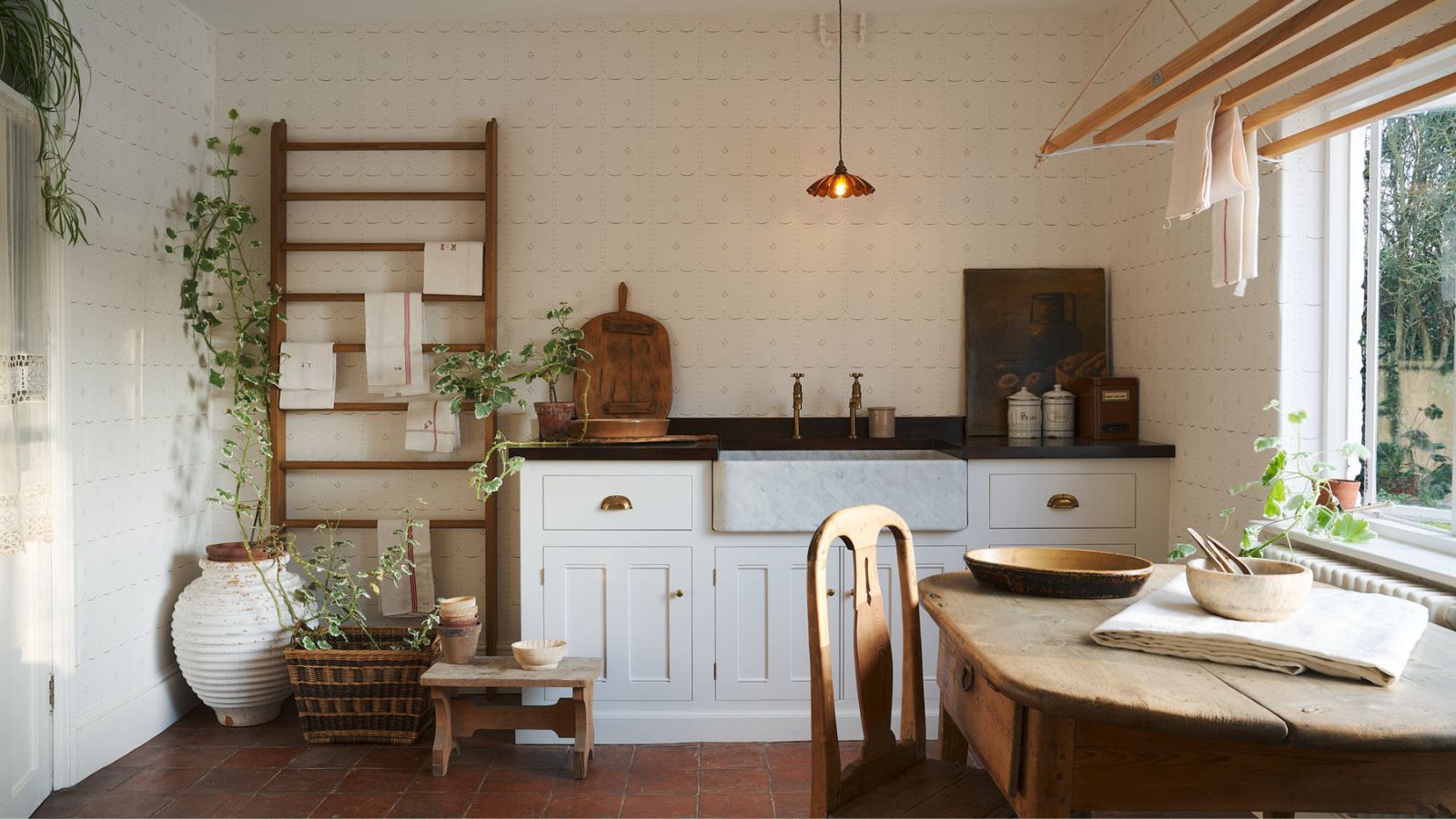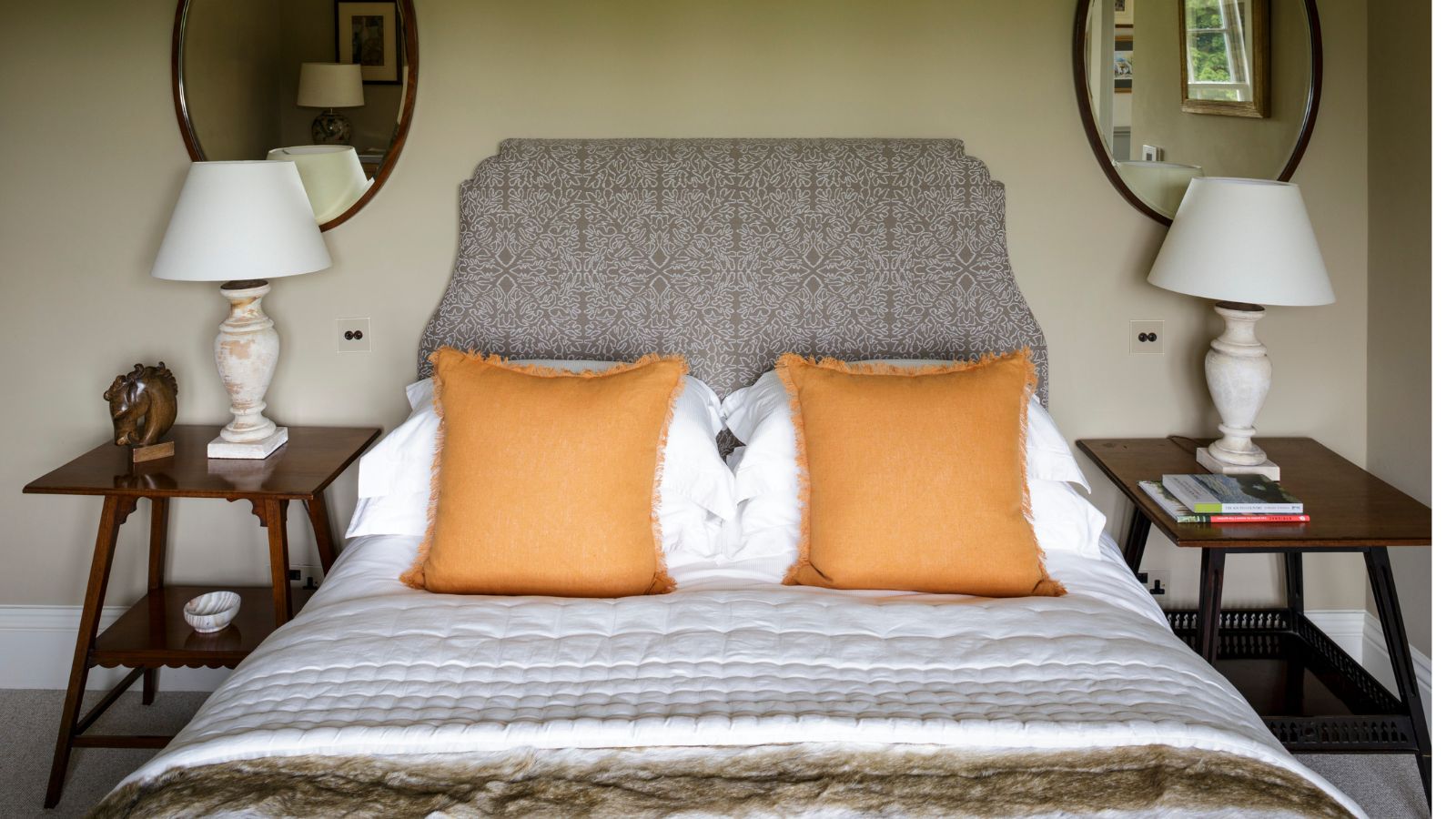How to choose a mattress – and ensure sleep comfort
Find out how to choose a mattress that will provide the right support every night


Knowing how to choose a mattress that will prove comfortable for single sleepers or bed partners for many years to come is vital. With around one-third of our lives spent in bed, get it wrong and it’ll add up to many hours of discomfort.
Finding the best mattress for you is vital to your health and wellbeing, because, of course, it can help you sleep better.
Your bedroom ideas will reflect your sense of style, and so too will your bed ideas, but the choice of mattress is all about creating adequate support during sleep, keeping sleepers at the right temperature, and, if there are two people in bed, preventing the roll-together that can disturb slumber.
Here, we provide the details on how to choose a mattress that will fulfil all your requirements for a good night’s sleep.
How to choose a mattress
Choosing a mattress can seem bewildering. There are many different types on offer, and it can be hard to know which will suit you and any co-sleeper. To make the correct selection among them, it’s important to know where to start, as Susan Miller, a lead researcher and certified sleep technician at SleepMattressHQ, explains.
‘One should look at and understand the three most important criteria, that is sleeping position, body weight, and body shape. Body shape is crucial along with other factors as firmness needs may vary with body shape if all the other parameters are the same. For example, if you are a side sleeper with heavy shoulders, you will need a slightly softer mattress.’
Determine the budget, too. ‘$1,500 to $2,000 is average for a queen-size bed,’ says certified sleep science coach Bridget Chapman, senior editor and lead mattress reviewer at Sleepopolis.
This is how to choose a mattress.
Consider size
Both the mattress size and sleeper size are crucial when choosing.
‘When determining the size of your mattress, consider the amount of space you have, your size, and whether or not you sleep with a partner,’ says Marten Carlson, a certified sleep science coach and lead reviewer at Mattress Clarity.
‘A twin-size mattress is typically suitable for children, teens, or smaller adults, whereas a twin XL might be a better option for adults that are working with a smaller space. A full-size mattress typically works well for someone sleeping alone, or for couples that are smaller in stature.
‘A queen-size mattress will be comfortable for most couples, and people that share their bed with their children will typically be comfortable in a king-size bed. Then, there's the California king which is longer than a standard king. This mattress works well for people that are too tall for a standard king-size bed. Remember that the price of your mattress will increase with its size.’
Think sleep position
Think about the sleep position(s) in which you normally sleep to guide your choice of mattress in terms of its firmness. ‘Sleeping position is extremely important when buying a mattress,’ explains certified sleep science coach Bridget Chapman.
‘The correct firmness level to choose is best determined by your primary sleeping position. Do you sleep on your back, side, stomach, or perhaps a combination of them? Firmness level is important to ensure comfort, support, and correct spinal alignment.
‘For example, back sleepers should typically opt for a mattress with a medium-firm feel. Side sleepers need a mattress that helps with pressure relief for their shoulders and hips, so a softer mattress that contours the body is generally the most ideal.
‘On the other hand, stomach sleepers should choose a firm mattress to support and lift the hips in order to keep them aligned with the spine.
‘Lastly, for combo sleepers, I recommend a medium-firm mattress that’s also responsive, so it can provide comfort for the stomach, side, and back, while also being easy to switch sleeping positions on.’
Count in individual factors
There are other individual factors that might influence the decision when choosing a mattress.
‘If you are a hot sleeper, you might consider a cooling mattress to help keep you comfortable at night,’ says certified sleep science coach Marten Carlson. ‘Cooling mattresses will typically contain coils that allow for airflow or gel that is designed to dissipate heat.
‘Those with sleep apnea, chronic pain, or other health issues, as well as a significant mattress budget, might consider an adjustable mattress that allows them to adjust the height of their head and feet to alleviate snoring or pain.
‘If you sleep with a partner, an adjustable mattress can also allow you to change the firmness level of your side of the bed. This mitigates the issue of giving up your comfort preferences to compromise with your partner. If an adjustable mattress isn't within your budget, look for a mattress that transfers motion well, so that you and your partner don't disturb each other at night.
‘Edge support is another important factor for couples sharing a bed, as a mattress with good edge support won’t make you feel like you‘re sliding off the side.’
Is it better to sleep on a hard mattress or a soft one?
One of the biggest mattress buying mistakes is assuming that everyone in your family will enjoy the same mattress type, and choosing one without considering which is the best pillow for each individual sleeper. But whether it is better to sleep on a hard mattress or a soft one depends on your usual sleep position.
‘For stomach sleepers, mattresses on the firmer side will typically be more comfortable and supportive,’ explains Marten Carlson, a certified sleep science coach and lead reviewer at Mattress Clarity.
‘Side sleepers have more pressure on their shoulders, hips, and knees, so they'll want a mattress that provides more pressure relief and contouring, such as a memory foam mattress.
‘Back sleepers are generally comfortable with a mattress that is of average firmness, at around a 6.5 to 7 on a 10-point scale, but this may depend on comfort level and the amount of support needed to keep the spine in neutral alignment.
‘There’s no right or wrong answer when it comes to your mattress’s firmness level. Instead, you’ll want to make sure that your mattress keeps your neck, back, and hips in neutral alignment and it does not put too much pressure on your joints.’
Be mindful that perceptions of the firmness of a mattress are individual. ‘A mattress will typically feel firmer to someone who’s lighter in weight than to someone who’s heavier in weight,’ says certified sleep science coach Bridget Chapman, senior editor and lead mattress reviewer at Sleepopolis. ‘Heavier sleepers, weighing over 250 pounds, need extra support, so I usually recommend a bed designed for them or one with springs.’
Which type of mattress is most comfortable?
Which type of mattress will prove the most comfortable depends on factors such as typical sleeping position – back, side, stomach – the size of the sleeper(s) and mattress size, and other personal factors.
Memory foam mattresses are a popular choice, and can be a good option for side sleepers. ‘A memory foam mattress contours and conforms to your body shape, allowing you to sink in just right and awake feeling restored,’ says Karen Yu from Zinus. However, it is the case that some people do find them too hot.
Latex is an alternative foam choice, and will suit those who prefer a firm feel. They tend to be more expensive than memory foam, however.
Spring mattresses can suit side, stomach or back sleepers. Look for pocketed coils, aka pocket springs if motion transfer from one sleeper to another will cause disturbance.
Sign up to the Homes & Gardens newsletter
Design expertise in your inbox – from inspiring decorating ideas and beautiful celebrity homes to practical gardening advice and shopping round-ups.

Sarah is a freelance journalist and editor. Previously executive editor of Ideal Home, she’s specialized in interiors, property and gardens for over 20 years, and covers interior design, house design, gardens, and cleaning and organizing a home for Homes & Gardens. She’s written for websites, including Houzz, Channel 4’s flagship website, 4Homes, and Future’s T3; national newspapers, including The Guardian; and magazines including Future’s Country Homes & Interiors, Homebuilding & Renovating, Period Living, and Style at Home, as well as House Beautiful, Good Homes, Grand Designs, Homes & Antiques, LandLove and The English Home among others. It’s no big surprise that she likes to put what she writes about into practice, and is a serial house renovator.
-
 Suddenly, every stylish room has this one simple piece of furniture in common – why designers are loving the versatility of the humble stool
Suddenly, every stylish room has this one simple piece of furniture in common – why designers are loving the versatility of the humble stoolBehold, the humble stool. A welcome addition to any room, stools are a much-loved household essential that interior designers love for these 5 reasons
By Eleanor Richardson
-
 5 surprisingly practical ways to re-purpose old bed sheets for cleaning, decluttering and storage at home
5 surprisingly practical ways to re-purpose old bed sheets for cleaning, decluttering and storage at homeDon't ditch worn-out bedding – there's life in them yet
By Natasha Brinsmead
-
 7 dorm room organizing rules for less clutter and more space
7 dorm room organizing rules for less clutter and more spaceExperts offer their top tips for creating a well-organized dorm room, no matter the size, space, or layout.
By Ashley Chalmers
-
 How to maximize storage in a small or shared dorm room, according to pro organizers
How to maximize storage in a small or shared dorm room, according to pro organizersFind out all the hidden storage zones you might never have noticed
By Ashley Chalmers